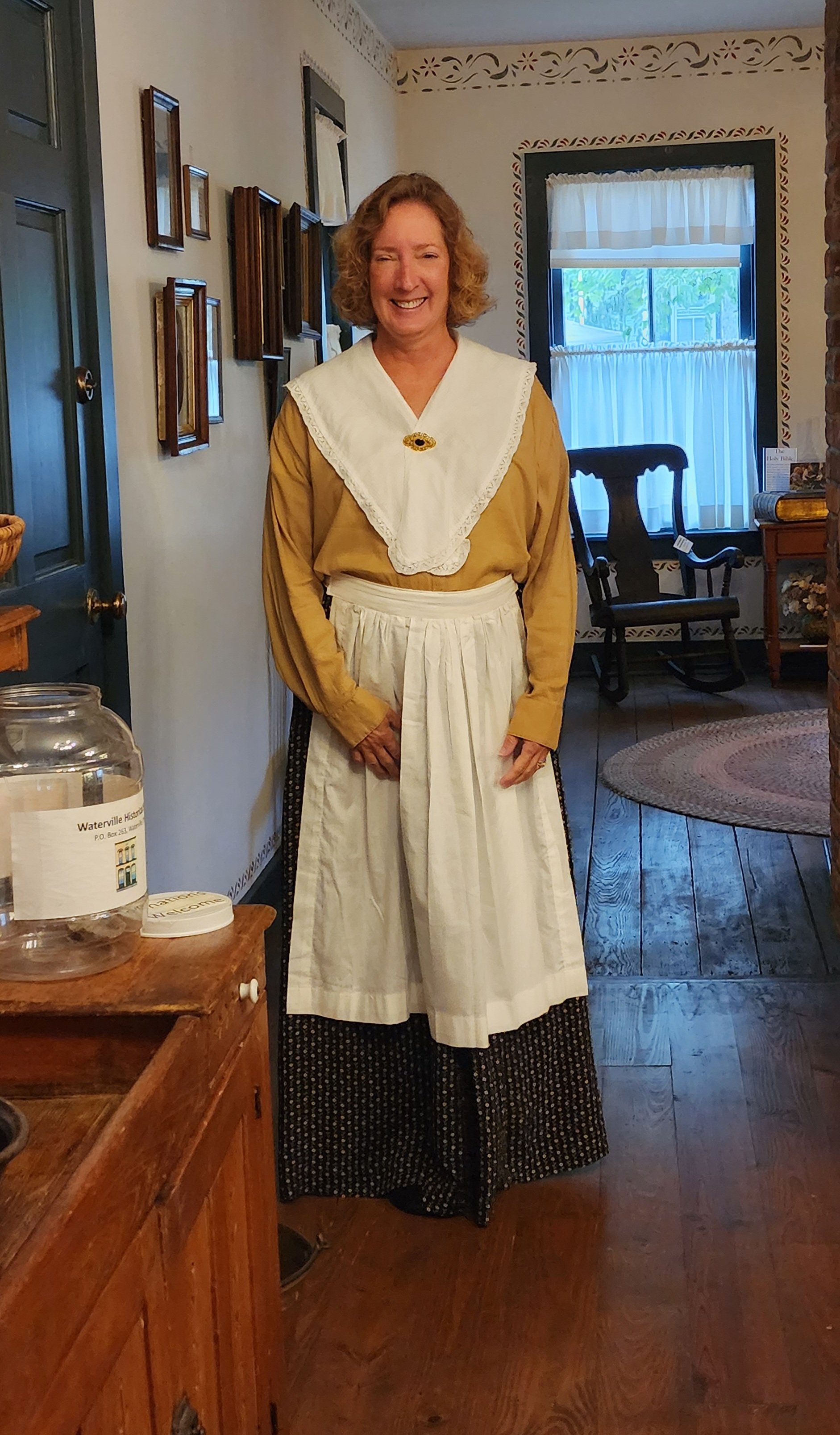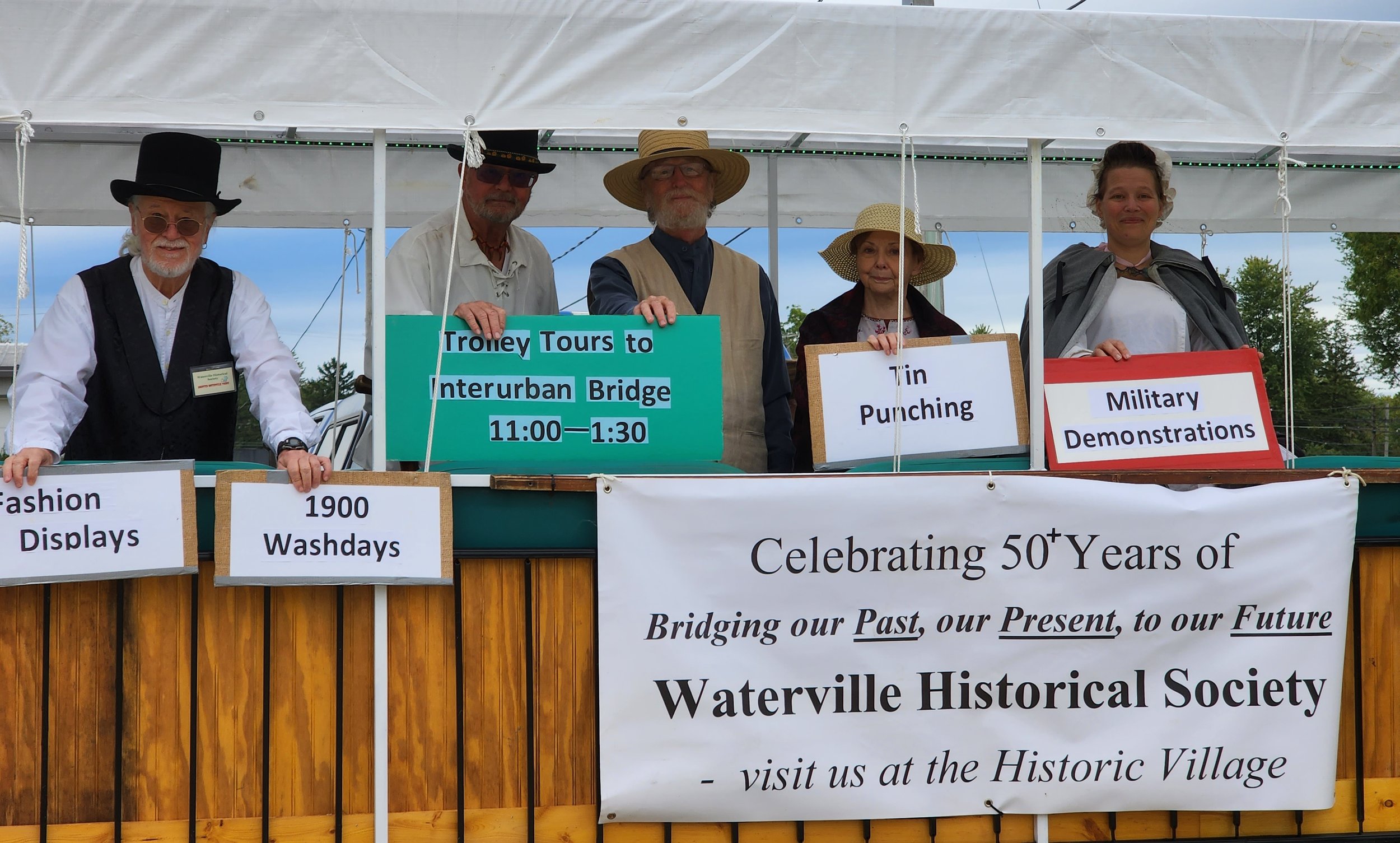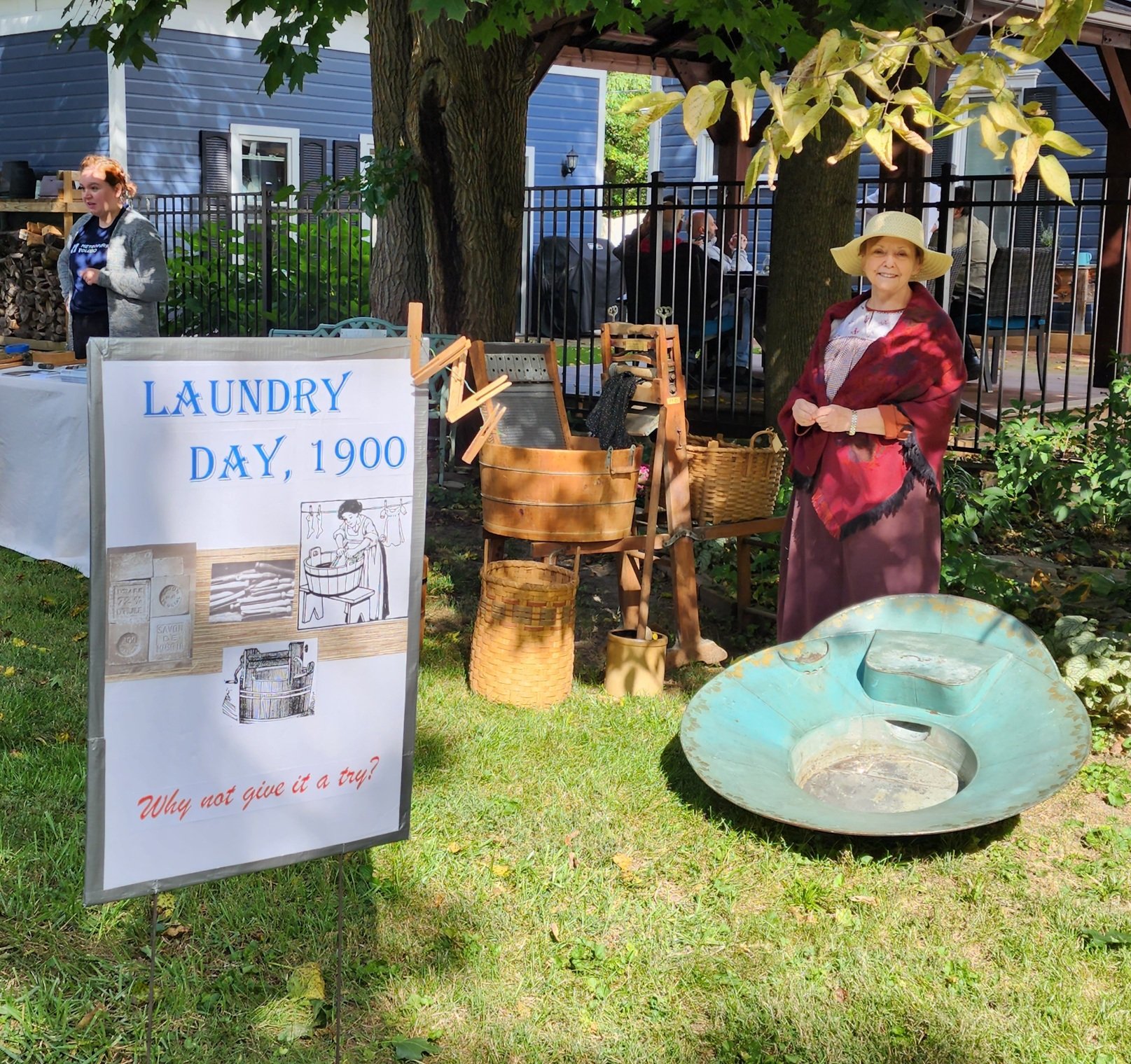Waterville's Canal Builders
Some of our prominent families arrived in Waterville to take part in the construction of the Wabash and Erie Canal.
1. Cornelius Van Fleet, the eldest son of Mathias Van Fleet was already here. The family arrived in Waterville in 1831 when Cornelius was only 13 years old. A bright young man, he learned the art of civil engineering so that by 1837 he contracted with the State of Ohio to be the civil engineer for the northern section of the canal from Providence to Manhattan. Now a canal cannot be built until the best route has been determined and surveyed and location of necessary locks determined. The engineer then must see that contractors build their section to specifications and solve any construction problems that may occur. This was an awesome responsibility for such a young man. When construction was complete Cornelius was appointed superintendent of the Waterville section of the canal, a position he held for eight years. Since Cornelius was one of 14 Van Fleet siblings, we were blessed with many generations of Van Fleet family.
2. John George Isham was born in Sharon New York in 1815. He came to Waterville from Monroe, Michigan in 1840 to serve as construction superintendent for a good friend who had the contract for a section of canal from Dutch Road to Maumee. When the canal opened in 1843, John was appointed maintenance superintendent for the entire northern portion of the canal. John found love along with work in Waterville. He married a young Eliza Daggett in 1843, bought a farm on River Tract 42 and the couple settled into a log cabin on the farm. There he could work his farm in the summer and attend to repair work on the canal in the winter months when the canal was closed to boat traffic. Eliza tragically died in 1848 leaving John with two young children to care for. He soon married Sarah Cooper, daughter of Waterville pioneer Henry Augustus Cooper. Three more children were born to the couple and John completed his large Greek Revival farm house in 1853. John and Sarah raised their family there as well as five other children of close relatives. His youngest son, John F. . (Torry) Isham took over the farm when John became ill and retired. Isham descendants owned and lived in this house, located just across from the (now) Farnsworth Park shelter house, until recently.
3. Contracting partners Elijah Dodd and James B. Steedman. James is the publisher, politician and Civil War hero. He became the brother in-law to Elijah when James married Sarah Miranda Stiles a sister to Dodd’s wife. Elijah Dodd was an experience contractor having completed a section of canal near Harrisburg, PA. The portion of the canal in their contract included the critical dam at Providence that created the slack water pool to provide water to the level stretch of canal between Providence and Toledo. The original dam was of wooden crib design, with stone abutments similar to the dam upstream near Defiance. This dam remained in place until the current concrete dam was built in 1908 by John Weckerly of Whitehouse. Dodd and Steedman were also paid $300 to build the canal overflow near Roche de Boeuf, sometimes called “the cascades.” The remains of this overflow can be seen at the east end of Farnsworth Park along the walking path.



















